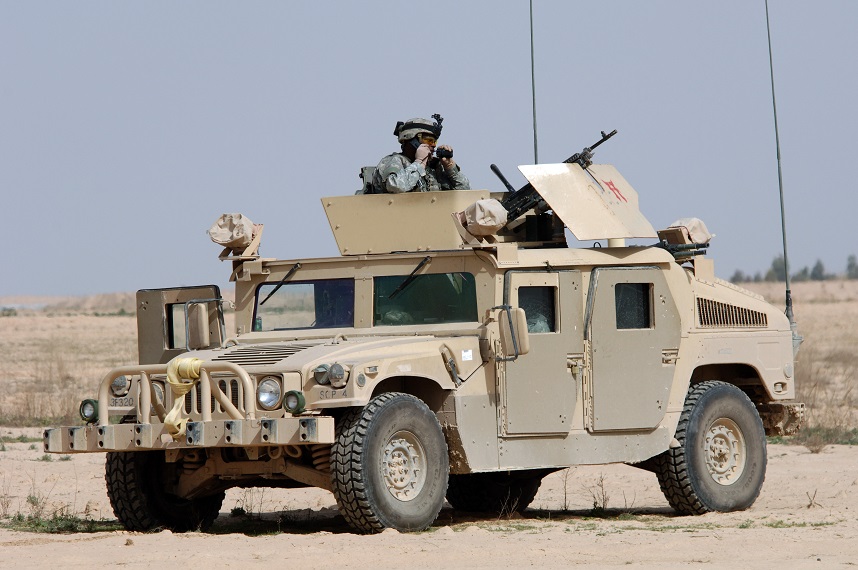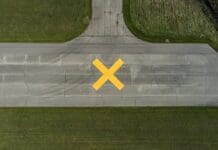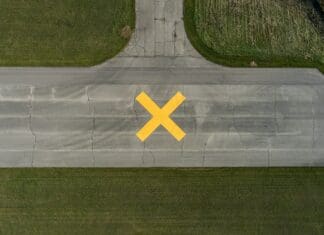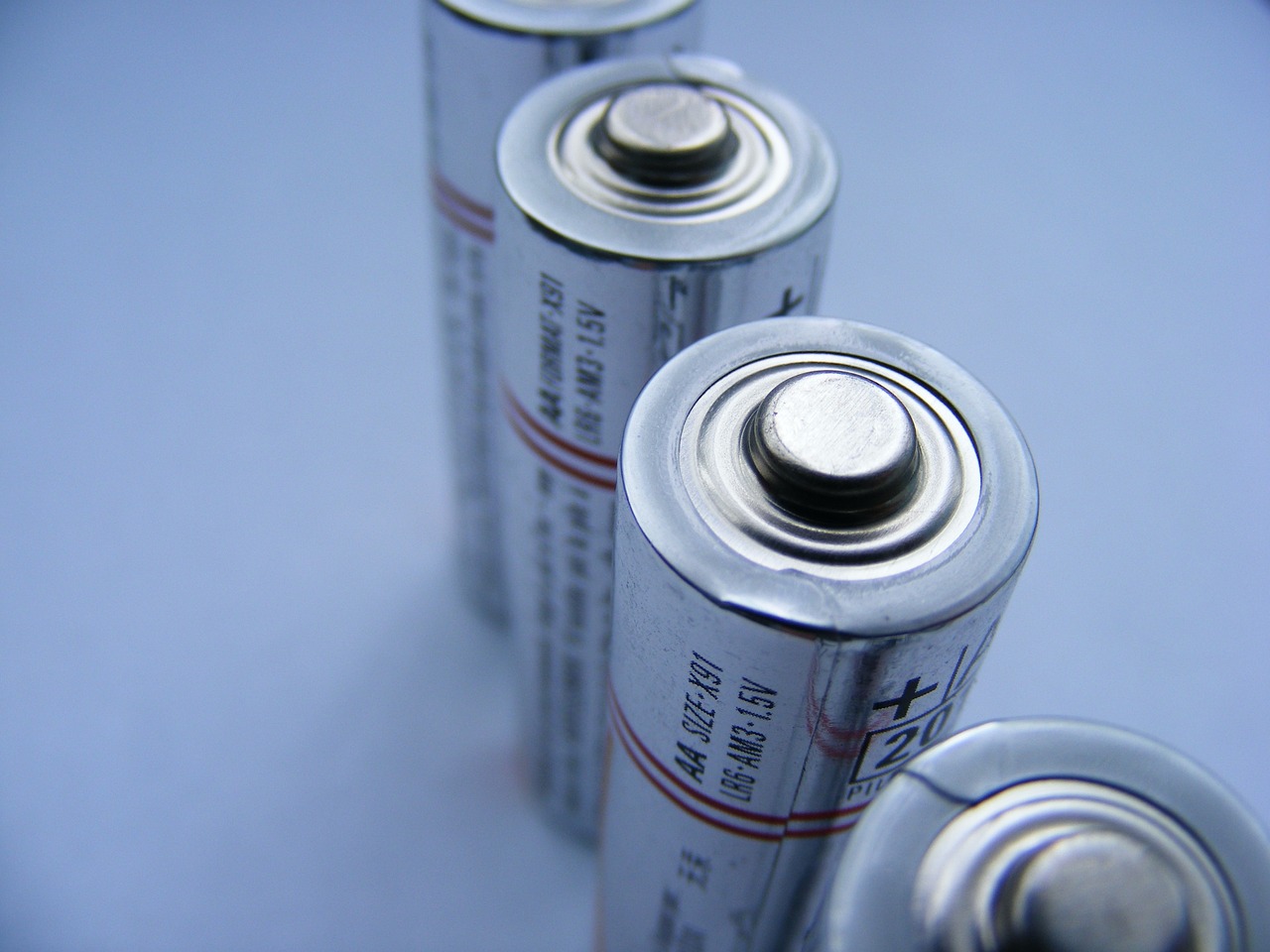
This post is also available in:
 עברית (Hebrew)
עברית (Hebrew)
More than 5,000 US troops were killed in accidents between 2006 and 2018, according to a report by the Congressional Research Service. In the past year alone, more than four times the number of troops have been killed while preparing for war than in combat.
Devices such as a camera on the front of a Humvee can only record two-dimensional footage and stream it back to a two-dimensional display. Convergent 3D may have a partial solution to the military’s epidemic of vehicle deaths. The company’s technology would convert the footage to a three-dimensional display, which gives service members the ability to perceive depth, such as pitfalls on a road or a sudden dip in a highway, before it’s too late.
The entrepreneurs believe their technology can reduce the risk of vehicle mishaps, can allow drivers to have greater tactical agility and operating speed, can give soldiers more situational awareness.
By using night vision, motion cameras, infrared scanners, heat-sensors and other tactical equipment, they can provide a wide-ranging view of a path and relay the danger back to the driver in real time.
Presently, military contracts for video feedback do not require depth perception. “The military has deployed vehicles with one camera,” CEO Phil Williams said, demonstrating what they could do with multiple cameras.
The software interpolates the incoming video signal, which displays through a lens, and creates the realistic 3D effect. The video feed (whether existing or real-time via camera) is converted from 2D to 3D, providing the viewer with depth in real time. The system works with the following cameras: night vision, thermal, infrared, black and white, color and/or video camera.
The new 3D display without glasses technology can work for transportation, simulations, gaming, entertainment, military and medical industries. The system can work with various screens and is camera agnostic. Any single camera obtains the 3-dimensional view, according to the company website.
Convergent 3D has reached several cooperative research and development agreements with military branches. The group’s latest partnership is with the U.S. Army’s Night Vision Laboratory at Fort Belvoir in Virginia.
“We have worked alongside the Army and Navy to implement this tech,” according to the company, “but it has shown to be a very slow process.”
The company has also given demonstrations of the cameras at Fort Benning in Georgia, where they mounted their technology on an Army Humvee. They also tested their technology on the M80 Stiletto, a sleek prototype naval ship that has been used for the Navy SEALS’ stealth missions.
These trials are all successes for Convergent 3D, but it’s still unclear when the company’s equipment could be installed inside military vehicles, according to postandcourier.com.

























